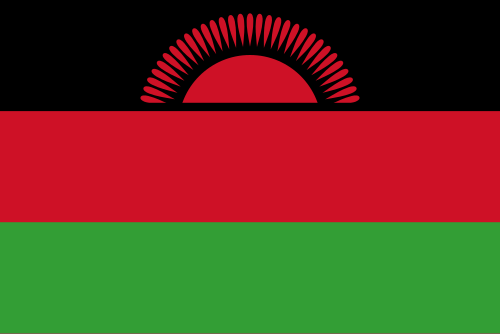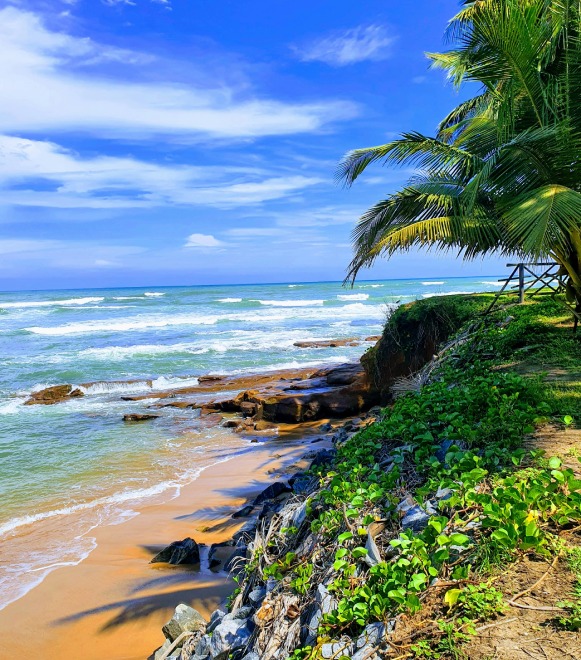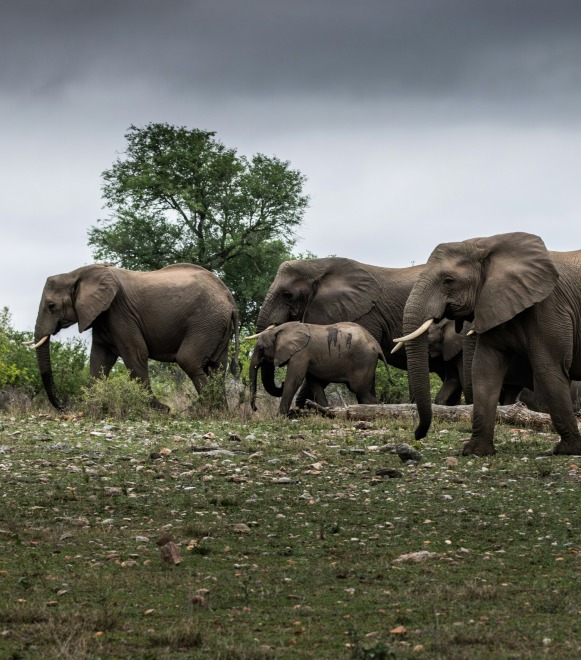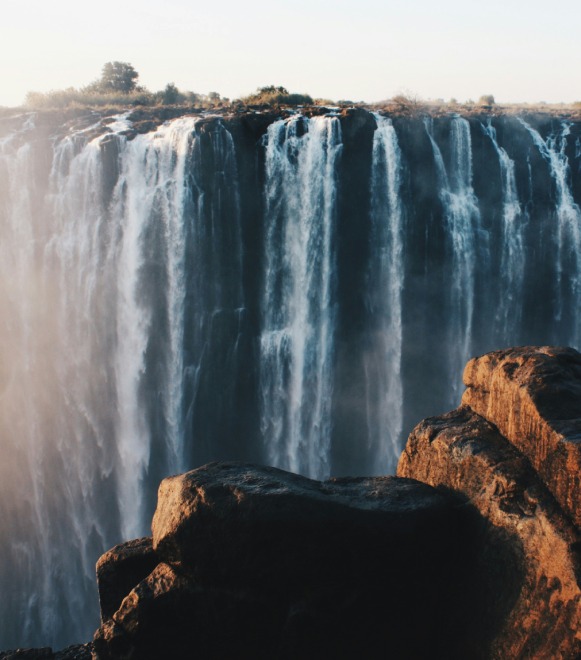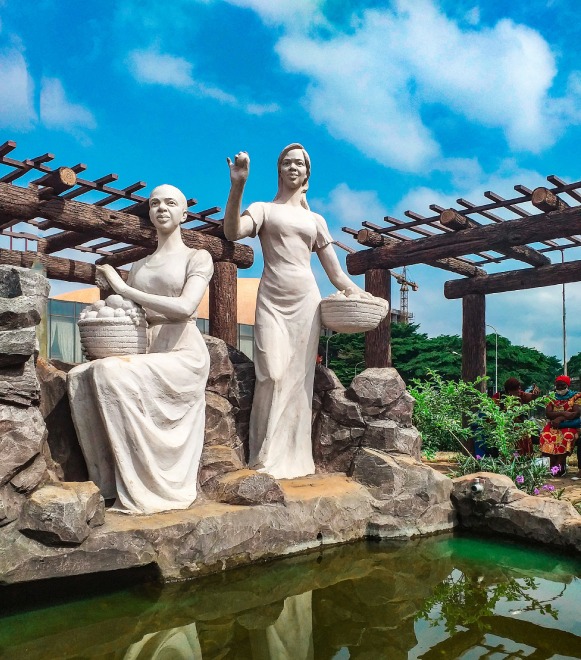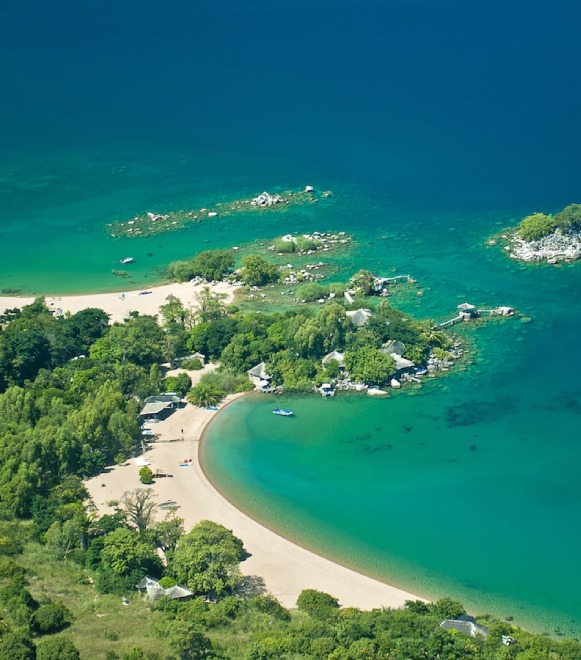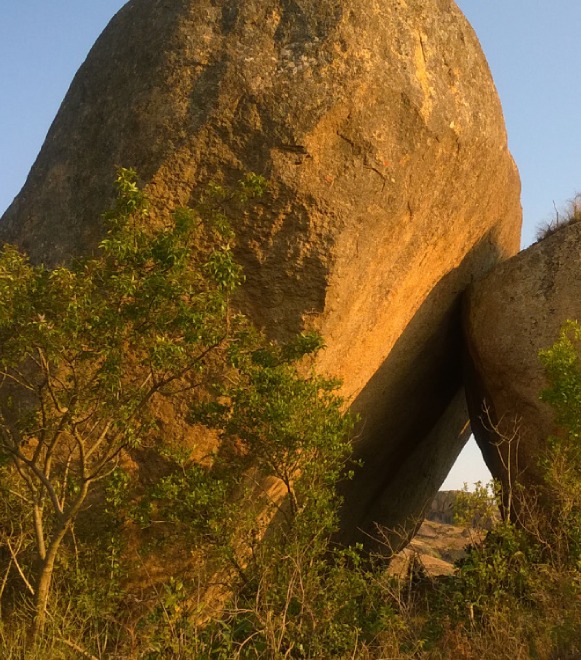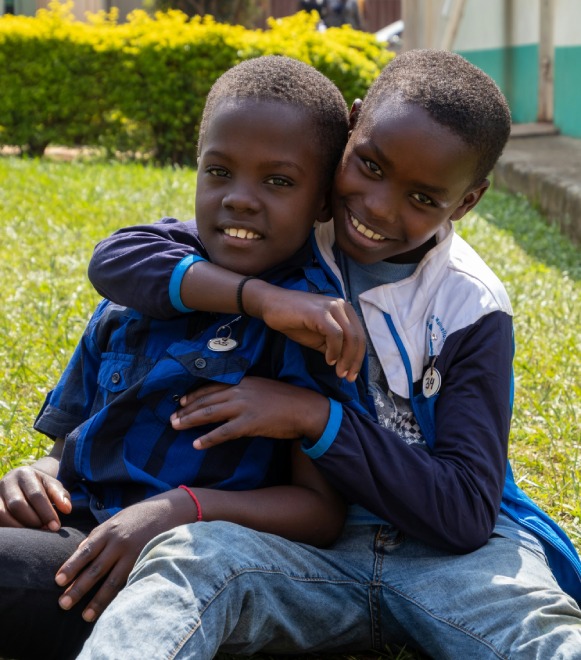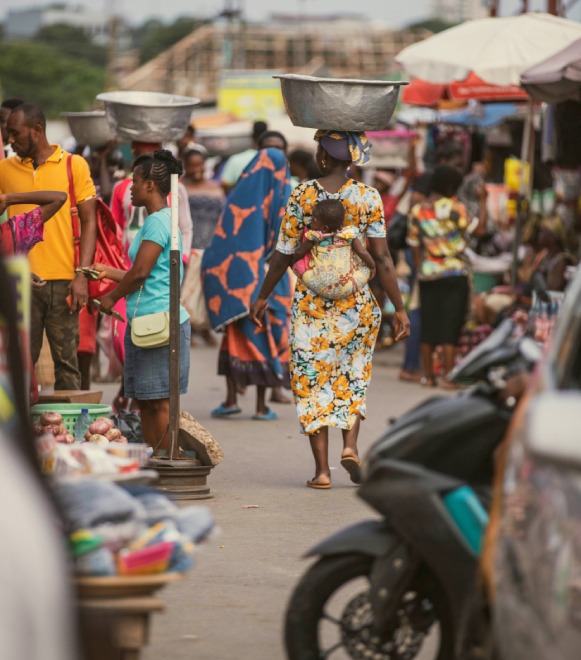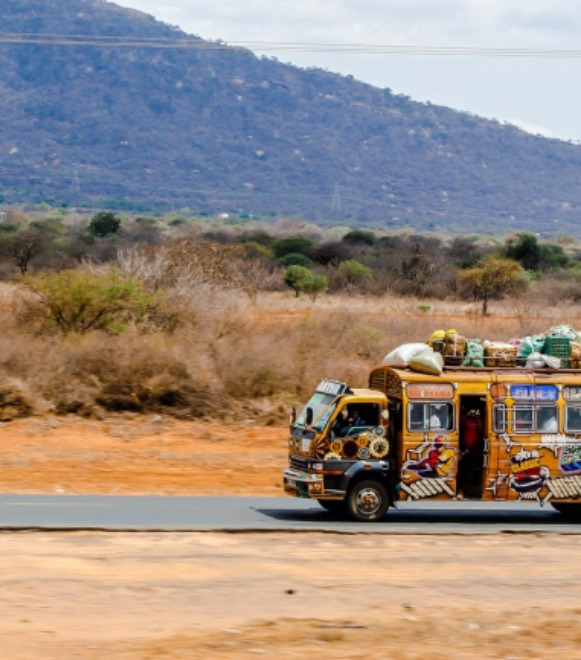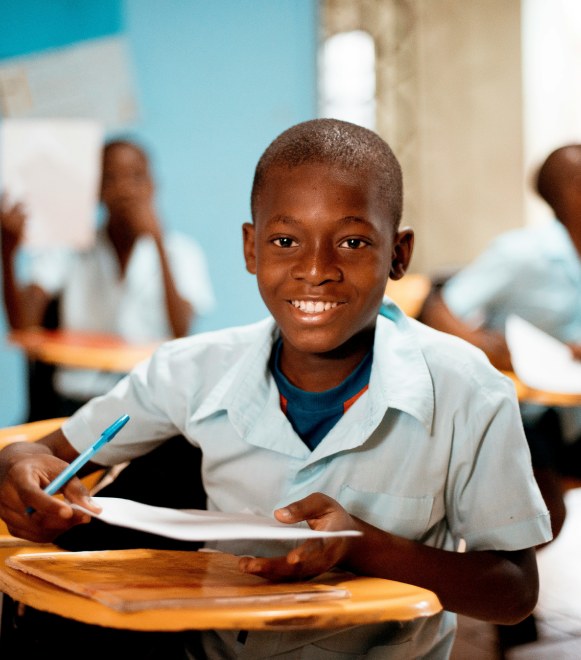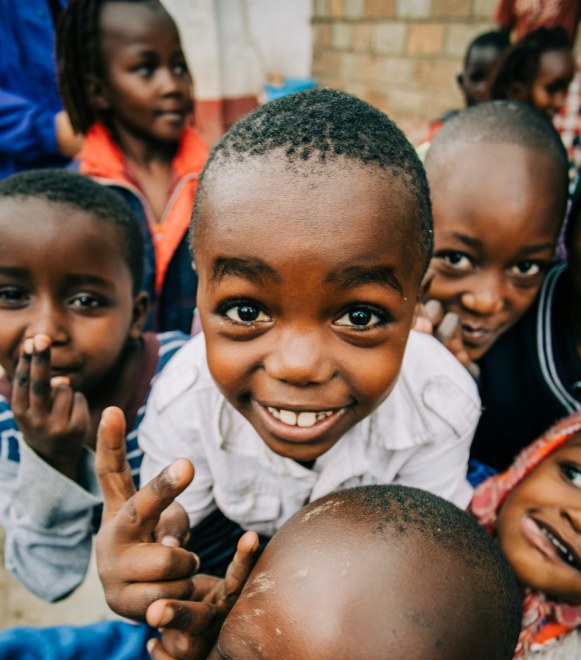Malawi
Nestled in southeastern Africa, Malawi is a hidden gem brimming with natural beauty and cultural richness. Its breathtaking landscapes range from the vast, shimmering waters of Lake Malawi—one of the world’s deepest lakes—to the rugged peaks of the Mulanje Mountains and the rolling Nyala Hills. But Malawi is more than just its stunning scenery; it is a nation defined by its warm, welcoming people and deep-rooted traditions.
Every corner of Malawi offers a glimpse into its vibrant social life, where community and friendship are at the heart of daily interactions. From bustling markets filled with colorful crafts and fresh produce to traditional villages where age-old customs thrive, visitors can experience the country’s authentic and hospitable spirit.
From its stunning landscapes to its compelling history and warm-hearted people, Malawi is a land of beauty, heritage, and perseverance—a place where tradition and progress harmoniously coexist.
Malawi is officially called “The Republic of Malawi”, or in the local languages “Dziko la Malawi” (Chewa language) or “Charu Cha Malawi” (Tumbuka language).
Culture
Malawi’s culture is a dynamic fusion of tradition and modern influences, shaped by the diverse ethnic groups that call the country home. The Chewa, Tumbuka, Yao, and Ngoni each bring their own languages, customs, and rich cultural expressions, contributing to the nation’s vibrant identity.
Music, dance, and art are deeply embedded in Malawian life. Traditional performances, such as the Gule Wamkulu of the Chewa—an elaborate masked dance recognized by UNESCO—hold profound cultural and spiritual significance. Malawi’s musical landscape is equally diverse, spanning from rhythmic drumming and soulful folk songs to contemporary Afro-pop, with artists like Wambali Mkandawire earning international acclaim.
This harmonious blend of old and new makes Malawian culture both captivating and ever-evolving, offering a deep well of artistic and historical richness.
Society
In Malawian society, family and community bonds are remarkably strong. Many people live in extended family units, placing great importance on communal activities and mutual support. Hospitality is a cherished value—visitors are welcomed with warmth and generosity, reflecting the nation’s deep-rooted sense of unity.
Education and religion play pivotal roles in everyday life. Christianity is the predominant faith, with a significant Muslim minority, and religious practices are often intertwined with cultural traditions. These influences shape social customs, festivals, and daily interactions, creating a rich and dynamic cultural tapestry.
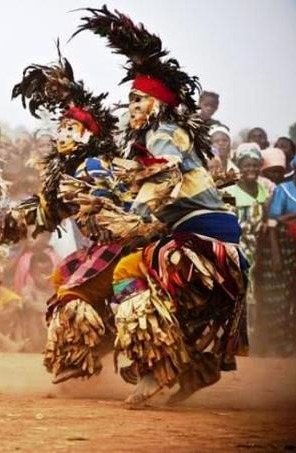
Malawi’s festivals and ceremonies offer a captivating glimpse into its heritage. Events such as the Lake of Stars Festival and the Mulhako wa Alhomwe cultural festival celebrate the nation’s vibrant music, dance, and art, bringing together people from diverse backgrounds to honor their shared traditions.
Beyond its cultural wealth, Malawi boasts breathtaking landscapes and historic landmarks. Explore its national parks, home to stunning wildlife, or visit sites like Fort Livingstonia, which echoes the country’s colonial past through its architecture. Experience the beauty of Lake Malawi, where pristine beaches, exhilarating water sports, and scenic boat cruises provide the perfect retreat.
Malawi’s story is one of resilience and community – where tradition and modernity blend seamlessly, shaping a nation that honors its past while embracing the future.
A People’s History of Malawi
The story of Malawi begins not with European explorers, but with the rich and dynamic cultures of its people. For centuries before colonial contact, the land now known as Malawi was home to a mosaic of Bantu-speaking communities—Chewa, Yao, Tumbuka, Ngoni, Lomwe, Sena, and others—who developed sophisticated political systems, vibrant spiritual traditions, and deep relationships with the lakes, rivers, and highlands of the region.
Precolonial Civilizations and Trade
Malawi’s early societies were not isolated. Long before European arrival, Malawians engaged in regional and intercontinental trade networks, exchanging iron, salt, ivory, and textiles with Arab, Swahili, and Portuguese traders. The Maravi Confederacy, from which the name “Malawi” is derived, emerged around the 15th century and played a central role in shaping regional politics and cultural identity. It was known for its organized leadership and influence over vast areas of central Africa.
These societies had their own systems of governance, justice, education, and economy. Oral histories, dance, music, and initiation rites transmitted knowledge and values across generations. Spiritual and ancestral belief systems, later blended with Islam and Christianity, provided frameworks for morality and social order.
Disruption and Resistance
The 19th century brought external disruptions – most notably the East African slave trade. While it is often framed through the lens of Arab or European intervention, it’s important to acknowledge both the human cost and the internal complexities. Some Malawian leaders, such as Jumbe in Nkhotakota, collaborated with foreign traders, while others resisted, protected their people, or sought new alliances. Communities were deeply affected, but they were not passive victims – they negotiated, resisted, and adapted in various ways.
The growing presence of European missionaries and traders in the mid-19th century – including figures like David Livingstone – marked the beginning of deeper European entanglement. While missionaries contributed to literacy and healthcare, their arrival also laid the groundwork for colonial conquest, often undermining indigenous beliefs and institutions.
Colonial Rule and Its Consequences
In 1891, Britain formalized its control over the region, naming it the British Central Africa Protectorate, later Nyasaland. Colonial rule forcibly reshaped Malawi’s social and economic fabric – land was appropriated, taxes were imposed, and African labor was exploited for European-owned estates and infrastructure. Education was limited and structured to serve colonial interests.
Yet, colonial rule never fully silenced Malawian voices. Resistance took many forms—from rural rebellions to cultural preservation. The Chilembwe Uprising of 1915, led by Reverend John Chilembwe, was an early and powerful expression of anti-colonial sentiment. His critique of racial injustice and demand for African dignity inspired generations of activists.
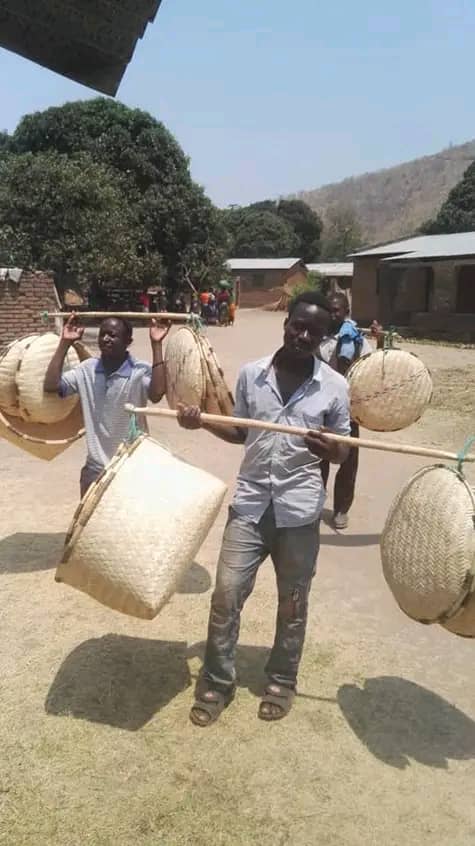
The Path to Independence
In the mid-20th century, a new wave of Malawian intellectuals and nationalists began to organize for self-rule. These movements were not merely reactions to British oppression but rooted in long traditions of political engagement and social responsibility. Led by figures like Dr. Hastings Kamuzu Banda—alongside countless lesser-known organizers, women, youth, and rural leaders – Malawians demanded the right to determine their own future.
On 6 July 1964, Malawi achieved independence, becoming a symbol of African self-determination. The early post-independence years were marked by hope, nation-building, and challenges. In 1966, Malawi became a republic with Banda as president. Upon becoming the country’s first president, Dr. Hastings Kamuzu Banda consolidated power, declaring himself “President Wamuyaya” (President for Life) in 1971. His rule was characterized by strict political control, economic development, and significant infrastructure expansion. Though his leadership was later critiqued for its authoritarianism, independence was a product of collective struggle, not the achievement of one man alone. However, increasing pressure for democratic reforms led to a historic shift in 1994, when multi-party elections saw Bakili Muluzi defeat Banda, ushering in a new era of governance.
Continuing the Journey
Today, Malawi continues to evolve – shaped by its past but never defined by it. The legacy of its precolonial wisdom, anti-colonial resilience, and postcolonial aspirations lives on in its communities, art, education, and democratic processes. The country’s history is not simply a story of being acted upon by outsiders, but one of endurance, agency, and vision.
Modern Malawi
Today, Malawi is a democratic republic, continuing its journey of political, social, and economic transformation. The nation remains deeply connected to its past, honoring its resilience while embracing progress and development.
Key Facts and Demographics
Malawi had a population of 17,563,749 according to the 2018 census. Covering a total area of 118,484 square kilometers, the country is known for its diverse landscapes, including the vast Lake Malawi, rolling highlands, and fertile valleys.
The official currency is the Malawian Kwacha (MWK), and the nation’s economy recorded a total GDP of 37,919. Malawi’s international calling code is +265.
Ethnic Composition
Malawi is home to a rich tapestry of ethnic groups, each contributing to the nation’s vibrant cultural heritage:
Religious Affiliation
Religion plays a significant role in Malawian society, with the majority of the population adhering to Christianity, followed by a notable Muslim minority. These statistics reflect Malawi’s rich cultural and religious diversity, shaping the nation’s social fabric and traditions.
Places of interest
The main cities in Malawi are Lilongwe (Capital City), Blantyre (Commercial City), Zomba (former capital city), and Mzuzu (the northern city). In the rural Malawi is where to find the country’s rich, authentic culture and the genuine warmth of its people. Here, traditions remain deeply rooted, offering a glimpse into Malawi’s way of life, untouched by modern influences. Beyond its cultural heritage, Malawi is home to a diverse array of national parks and nature reserves, showcasing breathtaking landscapes and abundant wildlife.
Lake Malawi: A Natural Wonder
Formed as a result of the Great Rift Valley, Lake Malawi is one of the most vibrant and biologically diverse bodies of water on the planet. Known for its crystal-clear waters and relatively low pollution levels, it is a popular spot for swimming, snorkeling, and diving. However, water quality can vary by location due to local environmental factors.
Lake Malawi is classified as oligotrophic, meaning it has low levels of nutrients like nitrogen and phosphorus, which contributes to its remarkable clarity. Additionally, its waters are alkaline, with a pH ranging from 7.7 to 8.6, and are moderately to highly mineral-rich. The lake is also meromictic, meaning its three distinct layers of water do not mix, creating unique habitats for aquatic life and contributing to its stunning color variations.
As the third deepest freshwater lake in the world and the seventh largest by surface area, Lake Malawi serves as the southern anchor of the Great Rift Valley, offering breathtaking landscapes and diverse ecosystems.
Chilumba: A Scenic Gateway to the North
Located in northern Malawi, Chilumba is home to the country’s northernmost port, situated on the eastern side of the Luromo Peninsula. From here, visitors can take in one of the best panoramic views of the Great Rift Valley. Atop the peninsula, you’ll be treated to a mesmerizing contrast of landscapes—the majestic Tanzanian mountains, 35 km across the lake, and the Nyika Plateau on the Malawian side.
The sunrise over the Tanzanian mountains, with its reflection shimmering on the lake, and the sunset over the Nyika Range create an unforgettable spectacle.
Just a few kilometers from Chilumba, perched on top of the Nyika Plateau, is Livingstonia (also known as Kondowe), a historic mission town. Adjacent to it lies the Chombe Table Mountain, a striking natural landmark. A future cable car system could transform this area into a premier tourist attraction, offering a breathtaking ride from the lake to the mountain summit.
Hiking, Scenic Drives, and Safari Adventures
While Chilumba and Livingstonia are easily accessible, Chombe Mountain requires a hike, offering adventurers a thrilling challenge. Visitors can take local transport up to Livingstonia or choose to trek the steep mountain trails for a rewarding scenic experience.
Just 10 km south of Chilumba, the Bolioli Pass winds through the valley, providing spectacular viewpoints of Lake Malawi. This steep mountain pass, part of the M1 Highway, offers an exhilarating drive through Malawi’s varied landscapes.
For nature lovers, Nyika National Park, located just a few kilometers west of Chilumba, is a must-visit destination, offering an authentic African safari experience with its rolling grasslands, diverse wildlife, and stunning vistas.
Cultural Experiences in Chilumba
Chilumba is also a cultural hotspot, where visitors can witness Maripenga, a traditional Malawian dance performed with rhythmic precision and energy. The dance, deeply rooted in local traditions, showcases Malawi’s rich cultural heritage.
Situated just 120 km from the Malawi-Tanzania border, Chilumba is an ideal base for exploring both the natural wonders and cultural traditions of northern Malawi.
Likoma Island: A Hidden Gem in Lake Malawi
Likoma Island, a hidden gem in Lake Malawi, is a breathtaking destination with a unique geographical distinction. Although it is entirely surrounded by Mozambican waters, it remains part of Malawi. This island paradise offers a blend of natural beauty, cultural heritage, and adventure, making it an unforgettable experience for travelers.
The island is home to some of the most stunning and unspoiled beaches in Lake Malawi, providing the perfect setting for relaxation and swimming. Its crystal-clear waters make it an excellent spot for snorkeling and diving, where visitors can explore a vibrant underwater world filled with colorful fish and coral reefs. Beyond its natural wonders, Likoma Island boasts a rich history, best exemplified by the magnificent St. Peter’s Cathedral. Built in the early 20th century, this architectural masterpiece stands as one of the largest churches in central Africa.
The people of Likoma Island are known for their warmth and hospitality, offering visitors a chance to experience traditional Malawian culture firsthand. The island’s tranquil atmosphere makes it an ideal retreat for those looking to escape the hustle and bustle of everyday life. For the more adventurous, activities such as fishing, kayaking, and scenic boat tours provide opportunities to explore the surrounding waters.
Reaching Likoma Island is possible either by ferry from Nkhata Bay or Cobue or by taking a domestic flight to Likoma Island Airport. Visitors are encouraged to support local communities and conservation initiatives, ensuring the preservation of this extraordinary destination for generations to come. Whether seeking adventure, history, or relaxation, Likoma Island promises a truly unique and unforgettable experience in the heart of Lake Malawi.
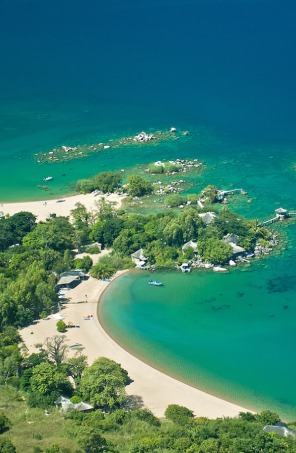
Good to know
Climate
During the dryer May to October season temperatures hardly fall below 13° Celsius while the warmer, wetter November to April season temperatures range between 30° to 35° Celsius.
Clothing
While urban Malawians typically wear Western-style clothing, in rural areas, where the majority of the population resides, women traditionally wear wrappers or sarees. These garments are not only elegant but also highly versatile – they can serve as a dress, mat, or even a blanket, depending on the situation. During Hastings Kamuzu Banda’s era, it was mandatory for all women across the country to wear sarees at all times.
Traditions
Humility is a defining trait of Malawian society. Both men and women demonstrate deep respect by stopping and bowing slightly when greeting elders or esteemed relatives, reinforcing the country’s strong values of deference and communal harmony.
The Malawian culture permits polygamous marriages. One can have wives who stay with him at his homestead then others who live at their own homesteads. Close family members are settled in family groups on land that belongs to the families. They also have a very orderly traditional leadership setup that is well respected whose responsibility is to maintain harmonious living among citizens.
Malawi is home to some of the most captivating traditional dances in Africa! Among them, the Gule Wamkulu (also known as Nyau) and Maripenga stand out as cultural treasures. These mesmerizing performances, rich in symbolism and storytelling, offer visitors a unique glimpse into Malawi’s vibrant heritage. A trip to Malawi would be incomplete without witnessing the nimble, rhythmic movements of the Gule Wamkulu, a UNESCO-recognized masked dance that embodies the spirit of Malawian tradition.
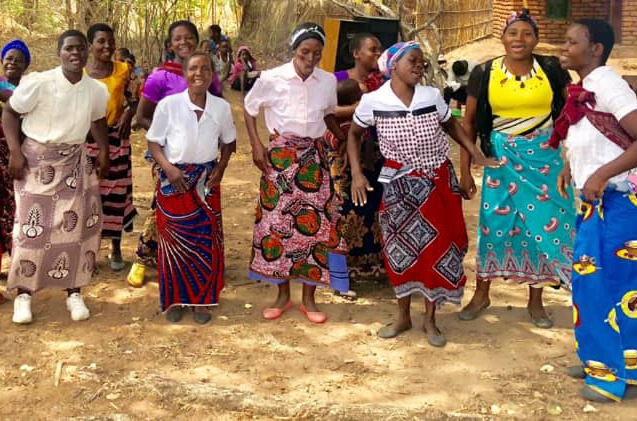
Food, Fishing, and Craftsmanship in Malawi
Food availability is not an issue in Malawi’s cities, where a wide variety of both local and exotic foods can be found. While not every type of cuisine is available, visitors still have a diverse range of options to choose from. However, in rural communities, access to certain food items is more limited, as lower market demand means some products are not readily available. Malawi’s staple dish is sima, a thick porridge made from maize or cassava meal, served with a variety of relishes, including fish, meat, and traditional vegetables. The traditional process of preparing cassava-based sima is long and labor-intensive. It begins with harvesting the cassava roots, followed by peeling, fermenting in large clay pots or drums, pounding, molding into paste, drying, and finally storing. Once dried, the cassava is pounded again into fine flour, ready for cooking. While this process sustains livelihoods, it is time-consuming and limits opportunities for other economic or life-improving activities.
Fishing Along Lake Malawi
Subsistence fishing is a way of life, especially for communities along Lake Malawi’s shores. Fishermen use handmade dugout canoes carved from tree trunks, though some now rely on small wooden boats powered by outboard engines. Different fishing methods are employed depending on the type of fish being caught.
With over 1,000 fish species in the lake, Malawian fishermen have a rich selection, with some of the most commonly caught including:
- Chambo (Tilapia family)
- Chibhomo (Large black catfish)
- Mkunguni
- Masuhunju
- Mbuna
- Usipa (Tiny, seasonal fish with a distinct sour taste)
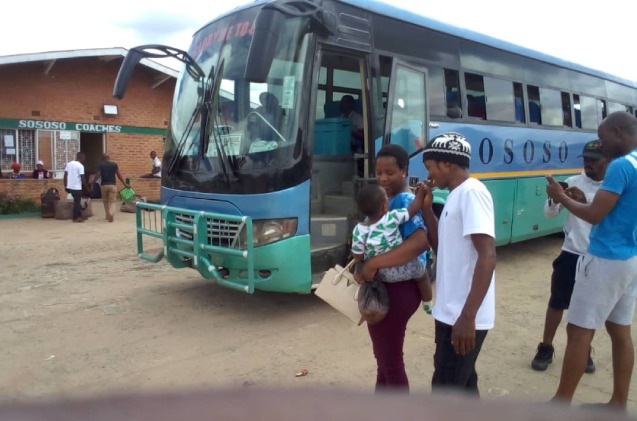
Electricity, Communication, Connectivity, and Road Transport
Malawi experiences intermittent electricity challenges, though they are not severe. The government is actively addressing the issue through the construction of a new power plant on the southern end of Lake Malawi, a project already underway and expected to improve the country’s power supply.
In terms of communication and connectivity, Malawi is well served by Airtel Malawi, a subsidiary of Bharti Airtel International (India), and Telecom Networks Malawi (TNM), a locally owned operator. These two providers offer some of the most affordable tariffs in Africa, ensuring that communication remains accessible across the country.
Malawian Craftsmanship
The fishing industry supports canoe and net makers, who sustain their livelihoods through their skilled craftsmanship. Malawians are also highly skilled basket weavers, using the naturally growing Mlala bush to create beautifully designed mats, storage baskets (dungas), and chairs.
Additionally, carpenters craft a variety of wooden products, including chairs (mipando), benches, and other furniture, showcasing the country’s deep-rooted tradition of artisanal excellence.
Road Transport
Malawi’s public road transport system is operated by multiple transport providers, including the well-known SOSOSO Coaches, Captain Buses, and Post Office Buses, which serve intercity routes. For intra-city and rural transport, options include minibuses, taxis, and motorcycles (locally known as Hondas). In both urban and rural areas, visitors can also experience bicycle taxis, a common and affordable mode of transport for short distances.
Languages
English – Official
Chewa – Recognized (taught in schools)
Tumbuka
Yao
Tonga
Sena
Lomwe
Nkhonde
Lambya
Others
Culture is expressed much through greetings. In Malawi, greetings are always accompanied by an emphatic “thank you”, a cultural hallmark that reflects warmth and respect.
In Chewa
Person 1 – Mulibwanji? Mwadzuka bwanji? (How are you? Good morning?)
Person 2 – Tilibwino kayainu? Tadzuka bwino. (Fine and you? Fine and you?)
Person 1 – Tilibwino. Tadzuka bwino. (We are fine.)
Person 2 – Zikhomo/Tathokoza. Zikomo Tathokoza. (Thank you. Thank you.)
In Tumbuka
Person 1 – Muli uli? Mwauka uli? (How are you. Good morning)
Person 2 – Tili makola kwali imwe. Tauka makola kwali imwe. (Fine and you? Fine and you?)
Person 1 – Tili makola. Tili makola. (We are fine. We are fine)
Person 2 – Taonga. Taonga. (Thank you. Thank you)
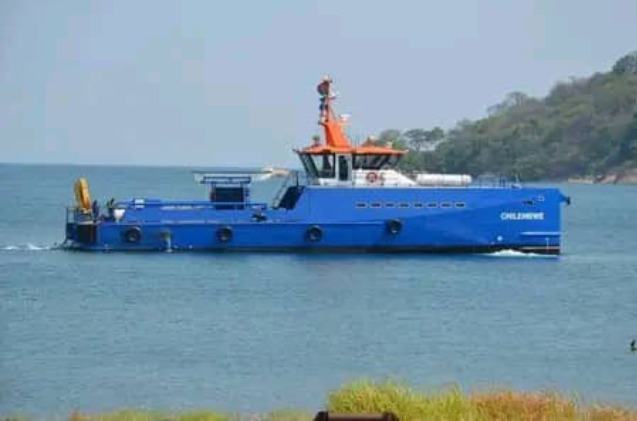
MV Chilembwe: The Modern Alternative
For travelers seeking a newer and faster option, MV Chilembwe is another excellent choice. Named after John Chilembwe, a Malawian freedom fighter, this ferry began operating in 2014 and is smaller and faster than Ilala.
Chilembwe carries up to 120 passengers and 20 tons of cargo, offering a more modern and comfortable experience.
Chilembwe also serves the beautiful islands of Likoma and Chizumulu, making it a great option for tourists looking to explore Lake Malawi’s hidden gems.
Whether you choose the historic charm of MV Ilala or the modern comfort of MV Chilembwe, traveling by lake is an essential Malawian experience. From the stunning landscapes to the warm, welcoming people, every journey across Lake Malawi tells a story of beauty, culture, and adventure.
Meet the Coordinator
Phillas has spent the past four years working closely with rural communities in Malawi, building strong relationships with local leadership to develop inclusive, culturally respectful tourism initiatives. His extensive fieldwork in the Great River Valley and the African Great Lakes region reflects his dedication to preserving indigenous knowledge while promoting economic empowerment.
With expertise spanning cultural preservation, sustainable tourism, and community business development, Phillas ensures every tour he coordinates is not only enriching for visitors but also beneficial to host communities.
Meet the Guide
Born and raised in Malawi, Sandra is a proud custodian of her country’s cultural heritage. Her extensive knowledge of Malawi’s history, traditional customs, and community life makes every journey with her rich in storytelling, meaning, and connection. She is especially committed to preserving and promoting the voices and practices of local communities.
Sandra leads immersive tours to some of Malawi’s most iconic destinations—from the awe-inspiring Mulanje Mountains to the tranquil shores of Lake Malawi, and the bustling cultural centers that reflect the spirit of the nation. Her warm, engaging approach ensures travelers experience Malawi not just as tourists, but as welcomed guests.

